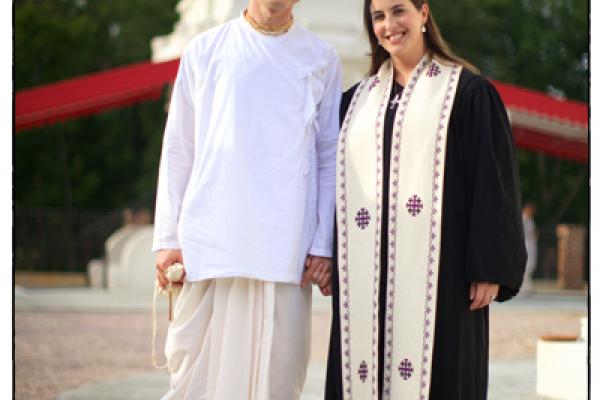Oct 28, 2013
Growing up Baptist, J. Dana Trent heard plenty of warnings about interfaith romance.
Marrying the wrong person — known as being “unequally yoked” — could ruin your faith and your marriage.
But three years after marrying a former Hindu monk, Trent says she’s a better Christian than ever.
“I had become complacent in my Christianity,” said Trent, an ordained Baptist minister. “Now my religion and spirituality have become much more integrated in my life.”
Read the Full Article

Already a subscriber? Login
